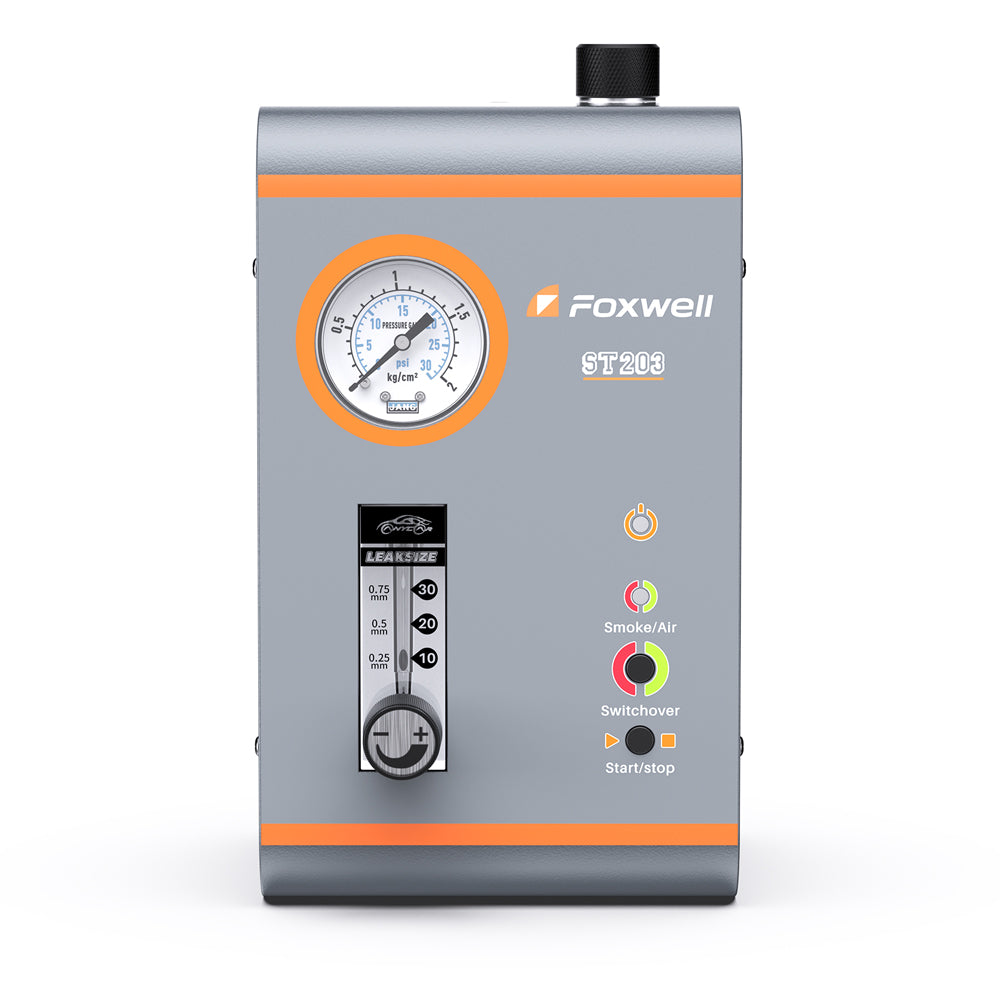You're ready to head off for an important meeting or road trip, only for your car not to start due to a dead battery. While such situations are unfortunately all too common, they can easily be avoided using regular maintenance with the aid of car battery scanners - providing peace of mind while preventing unexpected breakdowns and unexpected breakdowns.
Introduction to Car Battery Scanners

Definition
Battery scanners (sometimes called battery analyzers) are diagnostic tools designed to assess the health and performance of your car battery. By measuring various parameters like voltage, current, resistance, etc., they provide valuable insight into assessing battery conditions and anticipating any potential issues with them.
How They Work
Battery scanners operate by connecting directly to the car battery terminals and running tests on them to evaluate charge levels, cranking ability and overall health. Once connected, the results of these evaluations can be seen on their screens, along with recommendations for any necessary actions to be taken by users.
Battery Scanner Types
Handheld Devices: Portable scanners that are easy to use and ideal for quick checks.
Multi-Function Diagnostic Tools: Comprehensive devices designed to test not only your battery but other vehicle systems as well.
Smart Battery Testers: Smart scanners connected via Bluetooth that offer detailed analysis and maintenance reminders are beneficial in providing comprehensive analysis for car batteries.
Benefits of Using a Car Battery Scanner
Preventive Maintenance
Car scanners help identify potential issues before they escalate into larger ones. By frequently inspecting its health, regular testing enables you to spot minor problems early and address them before any unexpected failures arise, keeping your car ready to drive.
Cost Savings
Regular use of a battery scanner can extend the life of your car battery and save money on replacements while also helping avoid towing and emergency service fees caused by dead batteries.
Convenience and Peace of Mind
With a battery scanner, you can conveniently perform quick checks anywhere at home, on the road, or otherwise - providing peace of mind during daily commutes or long trips. For truck owners, a reliable truck battery tester like the Foxwell BT705 ensures even heavy-duty batteries are monitored, avoiding breakdowns during long hauls.
How to Use a Car Battery Scanner
Utilizing a car battery scanner such as the Foxwell BT780 to perform battery diagnostics will significantly enhance accuracy and ease.
Initial Setup
Read the Manual and Familiarize Yourself: Read through the scanner's instructions and safety precautions before connecting the Foxwell BT780's clamps to battery terminals (red for positive, black for negative).
Running Diagnostics
- Turn On The Scanner: Power up the device and navigate to the battery test menu.
- Select Battery Type From Menu: From this drop-down list, choose your preferred battery type, such as lead-acid or AGM, from the drop-down.
- Perform the Test: Follow the on-screen prompts to start your diagnostic test. The scanner will measure various parameters and provide a detailed report.
- Voltage Readings: Healthy batteries typically exhibit voltage between 12.4V and 12.7V when fully charged.
- Cranking Test: This test measures your battery's ability to start your engine. A voltage drop below 9.6V during cranking indicates a weak battery.
- Health Status: Many scanners display an overall percentage indicator for battery health status; readings below 50% could signal its time for replacement.
Implementing Solutions
- Charging: If the battery is low on charge, use a compatible charger to recharge it.
- Maintenance: Clean the terminals and ensure all connections are secure to prevent power loss.
- Replacement: In case the scanner indicates a failing battery before it completely dies out, before purchasing an external replacement battery scanner, you could also consider this alternative, as well as get additional tips on using one in-car application.
Tips for Using a Car Battery Scanner
- Regular Checks: Make regular or pre-trip battery checks to make sure it remains in top shape, especially before embarking on long trips.
- Temperature Considerations: Batteries can perform differently under extreme temperatures; as such, more frequent inspection may be necessary during extreme hot or cold periods.
- Keep It Clean: For accurate readings, ensure the battery terminals are free from corrosion.
- Follow the instructions: Always refer back to the scanner's manual for safe usage and precautions.
- Track Results: Keep track of your battery tests to track its health over time and identify any indicators of decline early.

Conclusion
Car battery scanners are essential tools for maintaining vehicle reliability and performance. By understanding their workings, their benefits, and how best to utilize them, car battery scanners can prevent unexpected battery failures from being an inconvenience - saving time, money and stress in the process!
By investing in quality battery scanners now, you will always be ready for unexpected battery issues - saving both time, money, and stress in the long run!
FAQ:
How does a car battery scanner work?
It tests the battery's voltage and health, providing detailed reports.
Can it detect issues early?
Yes, it identifies potential problems before they become serious.
Is it user-friendly?
Yes, most scanners are easy to use, even for non-experts.







Leave a comment
This site is protected by hCaptcha and the hCaptcha Privacy Policy and Terms of Service apply.